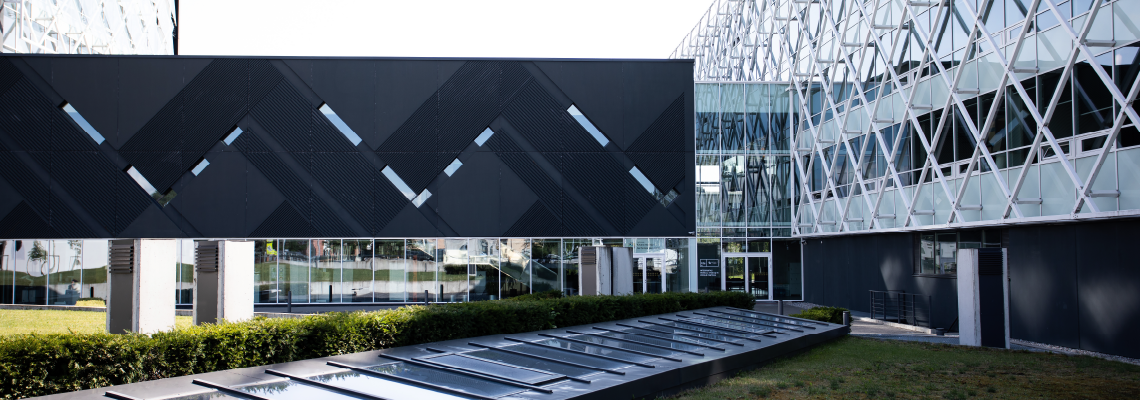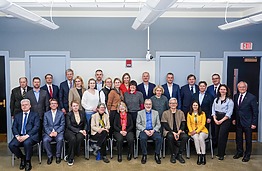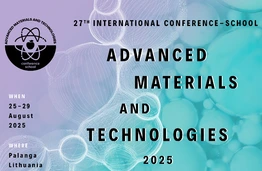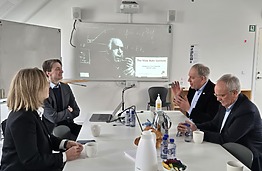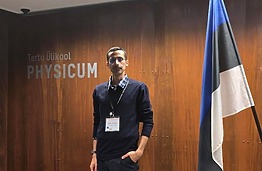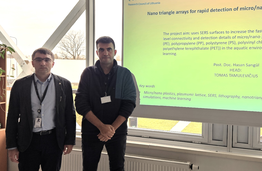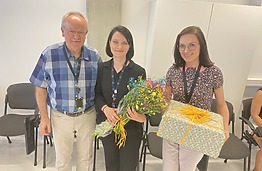| Date | Authors | Title | Journal | DOI |
|---|---|---|---|---|
| 2025-05-09 | Šarūnas Meškinis | Graphene direct growth by microwave PECVD on h‑BN films deposited by reactive HIPIMS | Nano Express | 10.1088/2632-959x/add6bb |
| 2025-04-25 | Brigita Abakevičienė | Impact of Thermal and Ultraviolet Treatments on the Structural, Mechanical, and Laser Ablation Properties of Fluorinated Ethylene Propylene Films | Applied Sciences | 10.3390/app15094796 |
| 2025-04-23 | Shahd Bakhet | Virucidal Efficacy of Laser-Generated Copper Nanoparticle Coatings against Model Coronavirus and Herpesvirus | ACS Applied Materials & Interfaces | 10.1021/acsami.5c03330 |
| 2025-04-10 | Mindaugas Ilickas | Development and characterisation of polyvinyl butyral-biocide nanocomposite coatings for antimicrobial applications | Applied Materials Today | 10.1016/j.apmt.2025.102720 |
| 2025-04-04 | Gvidas Klyvis | Nanoimprint replication of laser-induced ripples for encoder applications | Optics & Laser Technology | 10.1016/j.optlastec.2025.112912 |


